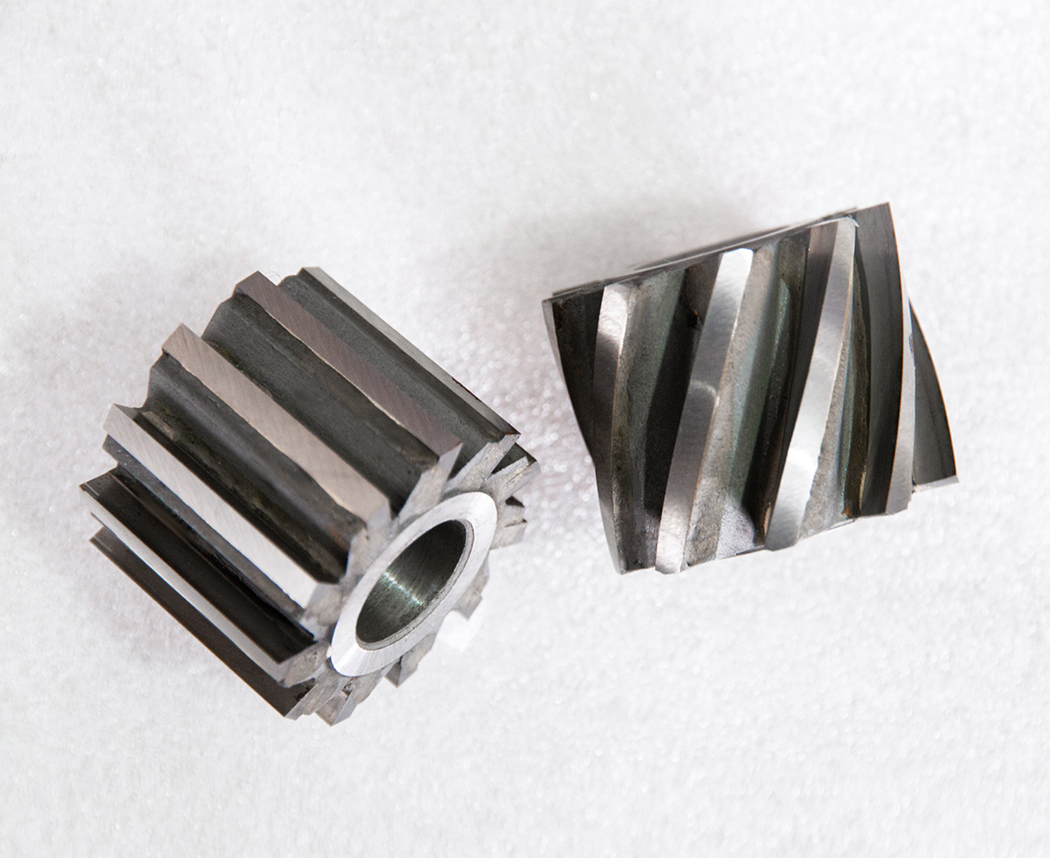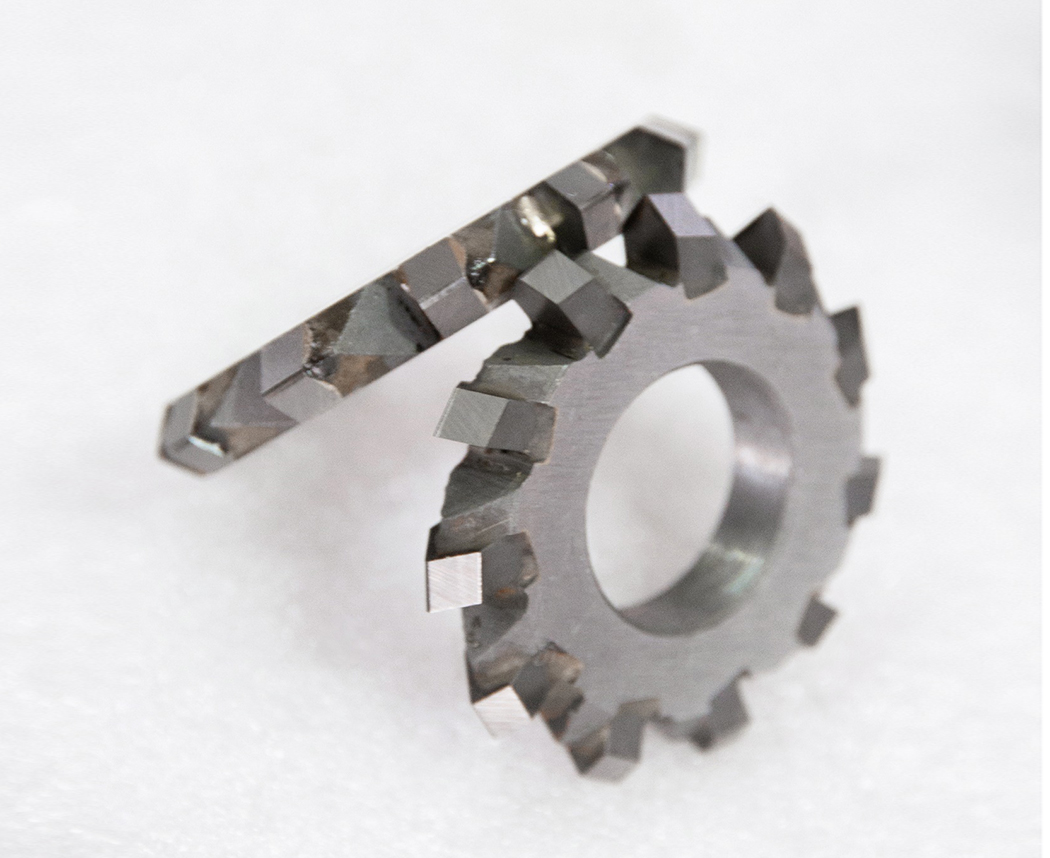News Center
Recommending Products
Contact: Mr. Jin
Tel: 13901575780
0512-52428686
Contact: Mr. Zha
Tel: 13913639797
0512-52422071
Address: No. 59, Huyi Road, Liantang, Shanghu Town, Changshu City, Jiangsu Province.
In which industries are tungsten steel saw blades used
Tungsten steel saw blade (also known as hard alloy saw blade) is a cutting tool composed of tungsten steel (hard alloy) blade head and substrate. With high hardness, wear resistance, high temperature resistance and other characteristics, it can efficiently cut various hard materials. It has a wide range of application industries, covering various material processing scenarios from metal to non-metal, as follows:Sources:www.hafc.net.cn | PublishDate:2025.08.05
1. Metal processing industry
This is the core application area of tungsten steel saw blades, especially suitable for cutting high hardness metals:
Black metal processing: cutting carbon steel, alloy steel, cast iron, etc., such as cutting steel bars, steel pipes, steel plates in mechanical manufacturing, cutting shafts, gear blanks, etc. in automotive parts production.
Nonferrous metal processing: cutting aluminum, copper, zinc and their alloys (such as aluminum alloy profiles, copper pipes), widely used in door and window manufacturing, aerospace component processing and other scenarios.
Precious metals and special metals: cutting high-strength and high toughness metals such as titanium alloys and stainless steel, commonly used in precision manufacturing fields such as medical devices and chemical equipment.
2. Wood processing industry
For cutting various types of wood and wooden products, balancing efficiency and accuracy:
Cutting of logs and boards: In furniture factories and wood processing plants, tungsten steel saw blades are used to cut logs, solid wood boards, plywood, fiberboard, etc., and process them into specification materials or boards.
Processing of wooden handicrafts: cutting decorative wooden strips, wood carving blanks, etc. Due to the high sharpness of the saw blade, it can reduce wood chipping and ensure smooth cutting surfaces.
3. Stone and Building Materials Industry
Used for cutting hard stone and building materials, it requires specialized cooling equipment (to avoid overheating and wear):
Stone cutting: cutting marble, granite, artificial stone, etc., applied in stone processing plants, construction and decoration sites, processed into boards, lines or irregular parts.
Building material cutting: cutting construction boards such as cement boards, fiber cement boards, gypsum boards, as well as ceramic tiles, glass (requiring specialized tungsten steel saw blades), suitable for the construction and decoration industries.
4. Plastic and rubber industry
To avoid the problems of easy adhesion and low efficiency of ordinary saw blades when cutting hard plastic and rubber products:
Plastic processing: cutting PVC pipes, acrylic sheets, nylon rods, engineering plastic parts, etc., used in plastic processing plants, medical equipment (plastic parts), electronics industry (plastic shells) and other fields.
Rubber processing: cutting rubber blocks, rubber sheets, tires (during recycling and processing), etc., suitable for rubber product factories and waste tire recycling and processing industries.
5. Composite materials industry
Cutting high-strength materials composed of multiple composite materials, such as:
Fiber composite materials: cutting glass fiber boards, carbon fiber composite materials (used in aerospace, sports equipment), fiberglass reinforced plastic, etc.
Laminated materials: cutting multi-layer composite panels (such as aluminum-plastic panels, copper plastic composite panels), sandwich panels, etc., used in the decoration and packaging industries.
6. Electronics and Precision Manufacturing Industry
Used for cutting small, high-precision components, requiring thin saw blade thickness and high precision:
Electronic component processing: cutting circuit boards (PCB boards), semiconductor materials, electronic ceramics, etc., suitable for electronic factories and chip manufacturing enterprises.
Precision parts cutting: Cutting small metal and plastic parts (such as phone frames and lens module components) to meet the dimensional requirements of precision assembly.
7. Pipeline and profile processing industry
For batch cutting of various tubes and profiles, with high efficiency and smooth incisions:
Pipeline cutting: cutting metal pipes (steel pipes, aluminum pipes), plastic pipes (PVC, PE pipes), composite pipes, etc., applied in pipeline installation, chemical pipeline manufacturing, plumbing equipment production, etc.
Profile cutting: cutting metal profiles such as angle steel, channel steel, I-beams, as well as aluminum alloy profiles (for doors, windows, curtain walls), suitable for steel structure processing plants and building materials markets.
8. Aerospace and Military Industry
Used for processing high-strength and high-temperature resistant special materials, with high requirements for saw blade performance:
Aviation material cutting: cutting titanium alloy components, high-temperature alloy plates, aviation composite materials, etc., used for aircraft and rocket component manufacturing.
Military component processing: cutting metal and composite parts in weapons and equipment, such as gun barrel blanks, armor materials, etc.





